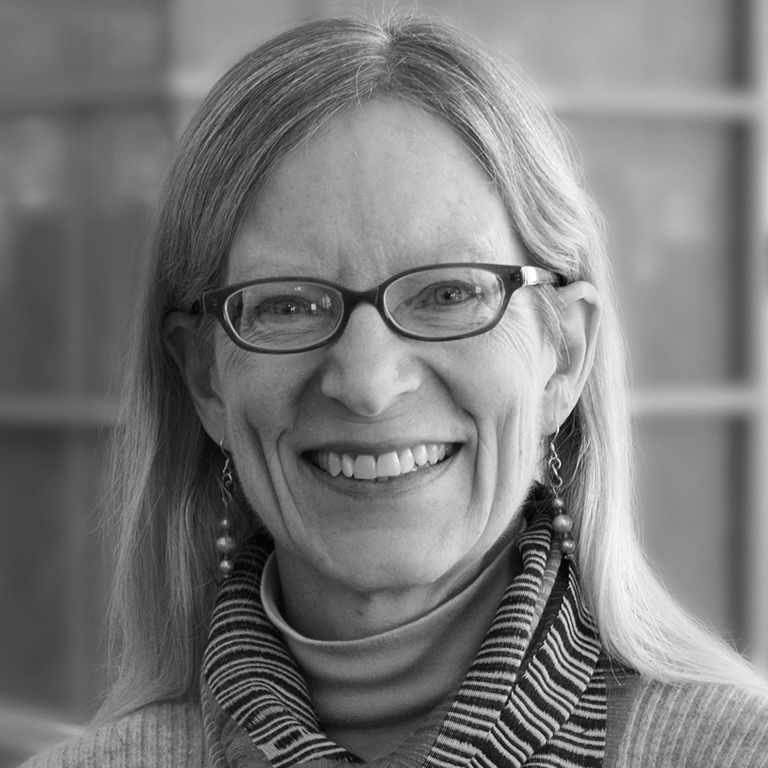[vc_row][vc_column][vc_column_text]

Last night’s Freedom to Read program at the Kurt Vonnegut
Museum and Library (KVML) featured a group of intelligent and passionate
speakers on writing from prison and the life and legacy of Eugene Victor Debs
(whom the folks from the Eugene V. Debs Museum and Foundation called “Gene,”
which is, I’m sure, the name he went by, but still I found it sweet).
Debs was one of Kurt Vonnegut’s heroes, and he appears in many of Kurt’s novels and essays. Debs was from Terre Haute, Indiana, which is where many of my wife’s family members live. Terre Haute is also where Theodore Dreiser lived. He was the author of Sister Carrie and An American Tragedy, which was—you guessed it—banned in Boston shortly after its publication in 1925. Dreiser’s brother was Paul Dresser, who changed his name to make it sound less German in the anti-German fervor of World War I (somewhat like Bernard Vonnegut’s Das Deutsche Haus being renamed the Athenaeum in Indianapolis). Anyway, Dresser wrote Indiana’s state song, “On the Banks of the Wabash, Far Away,” which is played every year at the Indianapolis 500 by the Purdue marching band. Many people think that “Back Home Again in Indiana” is the state song, which is not only played but sung at the Indy 500, most famously by Jim Nabors, who wasn’t from Indiana. Jim Nabors played Gomer Pyle on TV years ago, and he was famous for saying, “Golllly!” when he was amazed by something, and “Surprise, surprise, surprise,” when he was, well—surprised. All of which, in a very round about way, brings me to today’s topic:
So as my week is past the halfway point, I’m starting to feel a bit more reflective (on the way to being insufferably nostalgic) about my time here. Perhaps I should pretend that “serving my time as prisoner” was just another interesting experience in a long list of interesting experiences, but, the truth is, while I’m blessed with a full and meaningful life, I have been giddy with excitement about the prospect of this week for months. It has both been everything I hoped and constantly surprising.
For instance, late one night, when I couldn’t sleep, I met a
man who was working on the stoplight just outside the museum. His head was
hovering just above the railing of the second-floor balcony when I walked out
to get some air, and he scared the banned-book-word out of me, but we then had
a pleasant conversation.
Another surprise: KVML’s Director of Education, Max Goller,
said off-handedly my first night here, “Hey, sorry there’s no hot water for
your shower.”
And the next morning, while I was fretting about teaching
classes remotely, Programs Director Lauren Ramsby (let’s just call her “The
Warden”) said, “Oh, CSPAN will be here to interview you later.”
Surprise, surprise, surprise!
A few nights ago, a car crashed into the canal behind the museum—just
drove through the dead end street, across some grass, down the
embankment, and into the canal.
Another evening, a group of five teenage boys from Notgonnatellyou High School snuck out of the program to head home (or at least to head somewhere where everyone wasn’t so old). But they had heard KVML CEO and Founder Julia Whitehead introduce me earlier as Brett and, besides being a teacher, I am a football coach. They found the whole thing hilarious because they think I look like Brett Favre.
(An untrue but nice) Surprise, surprise, surprise!
Of course, the generosity of donors is what allows this place to be! One of those giving opportunities is called the Free Speech 50, with the goal of 50 donors giving at least $500 each to help fund a permanent exhibit highlighting the fight for free speech. At the top of the list of this year’s donors is an anonymous gift in honor of Brett Stoker. That’s me! How awesome! And how surprising! I don’t know who did this amazing thing in my name, but thank you! Thank you!
One night, an obviously uncomfortable teenager (the only young
person in the building) wandered into the room where my cell is. We talked, a
bit awkwardly, for a few minutes, and then the conversation turned to Ray Bradbury’s
Fahrenheit 451, which he was reading.
He said he liked it, but that he hadn’t read any Vonnegut, so I gave him a copy
of Slaughterhouse-Five from my cell
wall. He walked away and started reading it before he left the room. I was told
later that he had been really excited about his visit and the book he received.
Who knew?
Several times this week, usually in the afternoon before the museum is open, someone has wandered in off the street to check this place out. One guy thought it was a restaurant and was looking for something to drink (one of the friendly staff gave him some water), but usually they are Vonnegut fans, people in town on business, who just wanted to come see the building. They come into my cellblock and chat for a few minutes and then wander back out again.
Yesterday afternoon, Larry Nierzwick, my friend from Tipton, wandered in. He brought me a carved out book with a candy bar inside! I took him on a tour of the building, including the third floor, which has this cool little balcony. We walked out, and the locked door immediately blew shut, trapping us, which prompted another word from my banned book wall.
Surprise, surprise, surprise! (Curator Chris Lafave saved us after a frantic few minutes.)
I had imagined this week—my cell, my
inmate’s garb, talking to students and patrons—but so much of it
has been wonderfully surprising. Family and friends and students and colleagues
have all asked me how my week at the Vonnegut Museum has been. The best way I
can capture it is by using a phrase I probably haven’t used since middle school—“I’m
having a blast!”
[/vc_column_text][vc_column_text][/vc_column_text][/vc_column][/vc_row][vc_row][vc_column][/vc_column][/vc_row]



